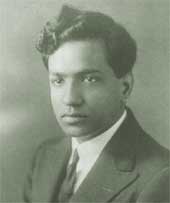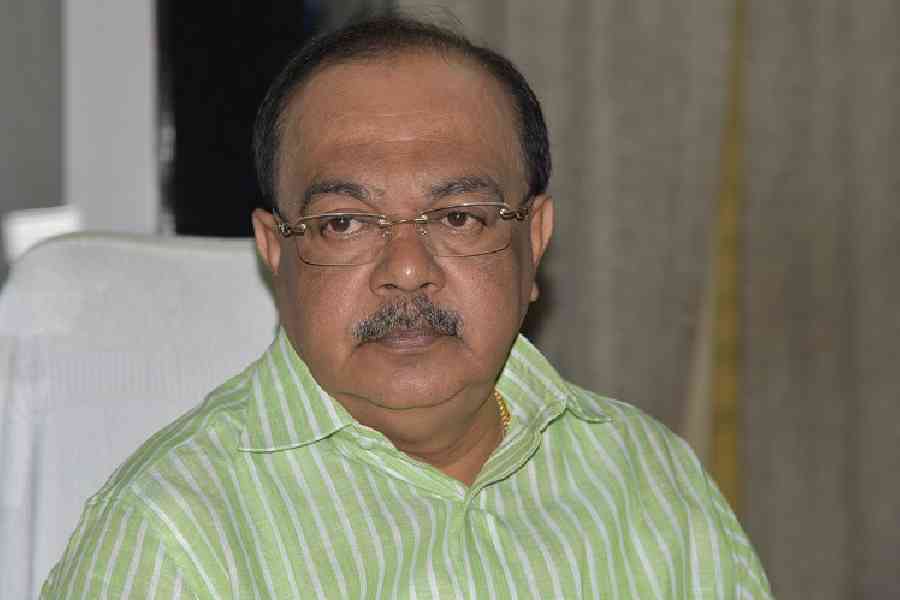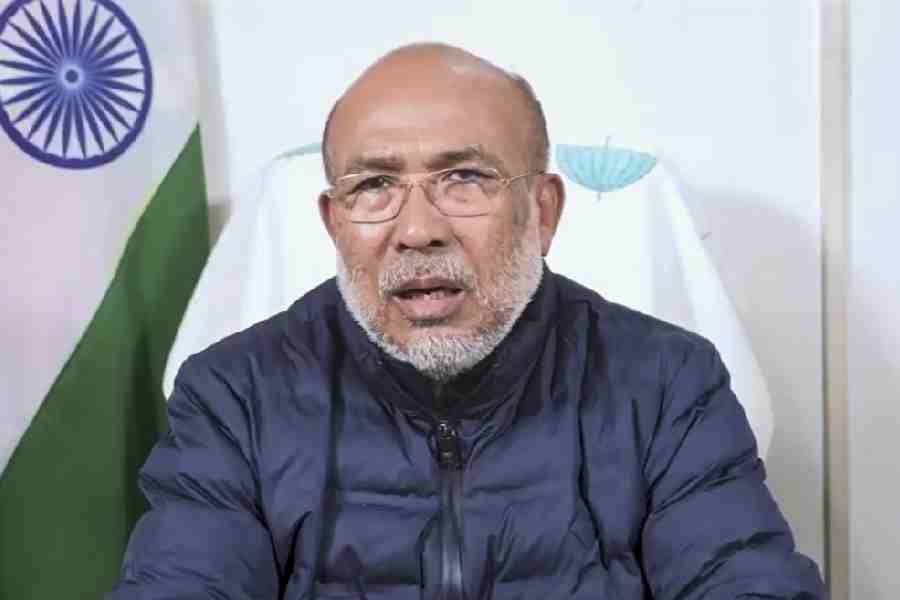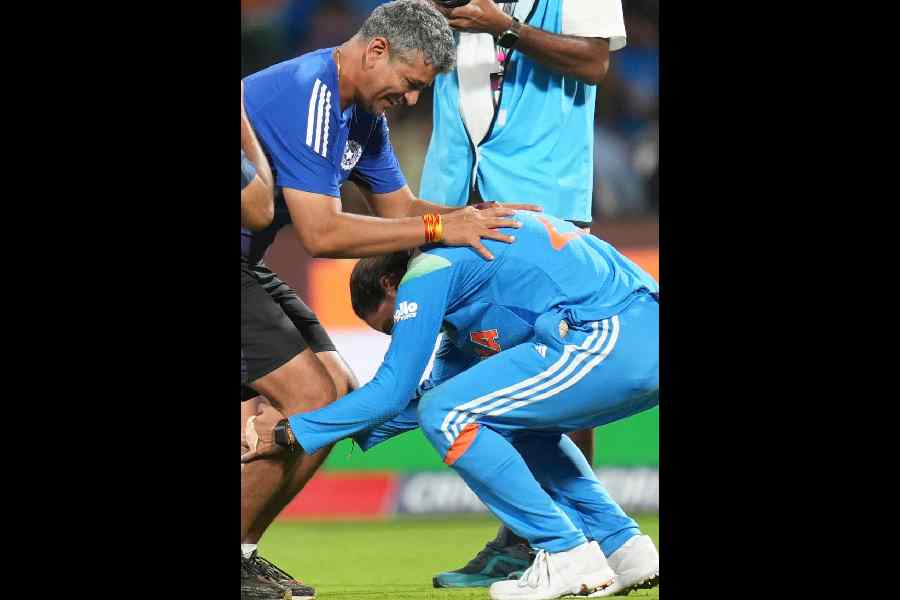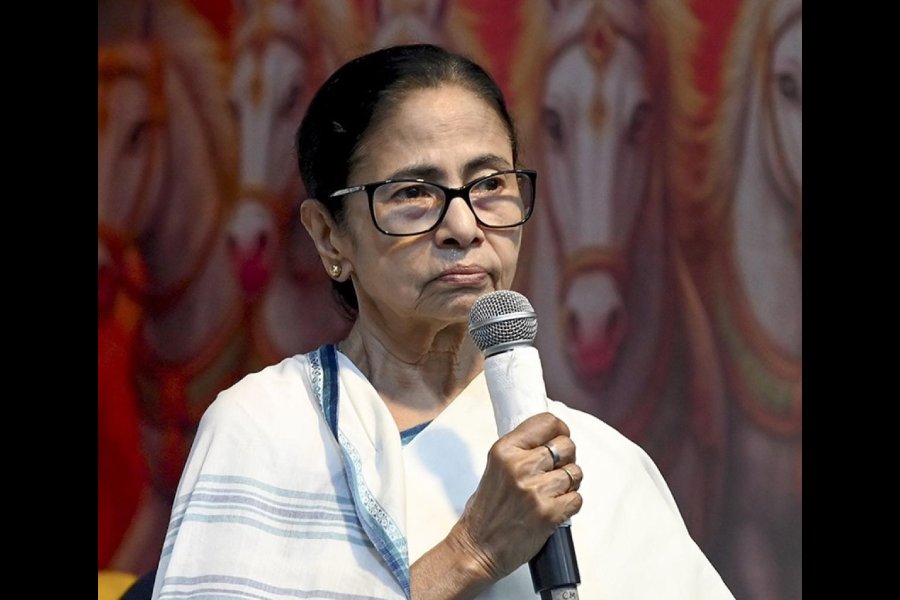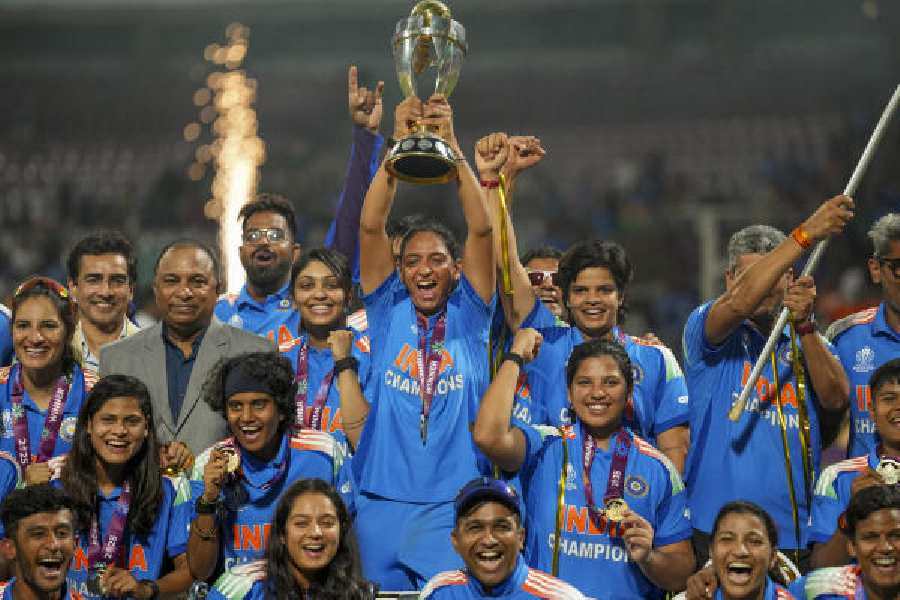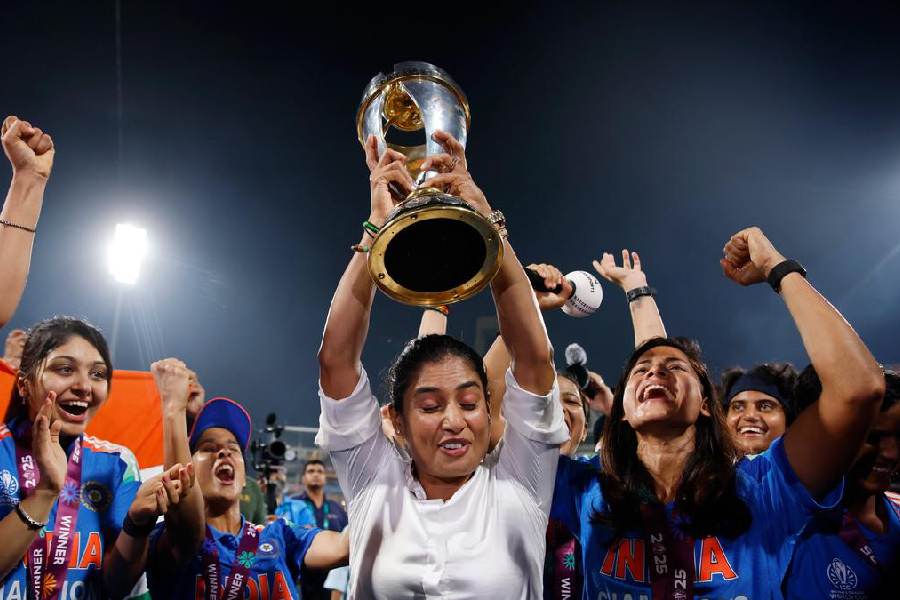 |
 |
 |
| FACE OFF: (From top) Subrahmanyan Chandrasekhar ; Sir Arthur Stanley Eddington; cover of Arthur I. Miller’s book |
How am I to put this delicately in a family newspaper like The Telegraph? Perhaps it is best to tell is like it is. Professor Arthur I. Miller reveals in his dramatic new reconstruction of one the greatest scientific clashes of all time that the brilliant Cambridge astro-physicist, Sir Arthur Stanley Eddington, was a homosexual. What he really wanted to do was bugger Subrahmanyan Chandrasekhar, the precociously clever and rather handsome Brahmin boy from Madras who had come up with the radical idea of ?Black Holes? to explain how giant stars could collapse into nothing in time and space, rather in the way water is sucked into a bath and disappears down the plug hole. When Eddington could not physically have Chandra, as he was called, the powerful English proceeded to bugger the Indian?s career. There is no politer way to put it.
The stakes could not be higher, for the Eddington-Chandra battle held back research into astro-physics by 40 years.
As Miller puts it: ?Eddington was the greatest astro-physicist of the first half of the 20th century and Chandra was arguably the greatest astro-physicist of the second half of the 20th century.?
What gave Eddington?s cruel treatment of his junior colleague an added twist of the knife was his assumption that as an Englishman, he was automatically superior.
?There was racism involved,? says Miller bluntly. ??How did this young man from a totally other culture, a colonial and an Indian to boot, make this great discovery that everybody else had overlooked?? ?
Eddington?s sexuality ? homosexuality remained illegal in Britain until 1968 ? made the senior-junior relationship infinitely worse. ?There was this element of viciousness that came through in Eddington trying to defend a viewpoint to keep his psychological life in order.?
In the streets outside on a winter?s evening in London, it is snowing as Miller tells me his tale. In the last few years, Miller has been to India, walked Marina Beach in Chennai, visited Presidency College there and ?Chandra Villas?, the family home, delved into the massive collection of Chandra?s letters and papers deposited with the Joseph Regenestein Collection in the University of Chicago Library, and had two long sessions with Chandra?s widow, Lalitha, now a frail lady of 95, at her apartment in Chicago.
The blackboard behind Miller in his office at University College, London, where he is professor of the history and philosophy of science, is covered with equations. He grins as he admits he is sometimes mistaken for ?the other Arthur Miller?, Marilyn Monroe?s husband who died recently. This Miller has an ?I? in his name, which stands for ?Ira?.
In explaining how he stumbled on to the Eddington-Chandra story ? he agrees it would make quite a movie (in fact, his agent is working on the idea) ? Miller, an American, the son of a jazz musician father and a mother who was a clerk in the US civil service, says he studied theoretical physics in New York and at MIT. He did some research ?but decided eventually to change into the history and philosophy of physics?. Among his books is a bestseller on how Einstein and Picasso, who never met, interpreted time and space.
As a teenager, Miller was taken with Eddington?s popular writings as well as ?Chandra?s very elegant use of mathematics in problem solving?.
Chandra had won the Nobel Prize for Physics in 1983, which his father?s younger brother, C.V. Raman, had also been awarded in 1930 (for the so-called ?Raman Effect?). In 1993, two years before Chandra?s death, Miller briefly met the Indian after he had delivered the keynote address at the Chicago Academy of Sciences but ?put my foot in it my asking him about Eddington ? Chandra?s face clouded over?.
With Chandra was Lalitha, ?his wife and long time soulmate?, whom he had first met and fallen in love with when the couple were classmates at Presidency College in Madras.
In Miller?s Empire of the Stars: Friendship, Obsession and Betrayal in the Quest for Black Holes (Little, Brown, ?17.99), there are some affectionate insights into the Chandra-Lalitha love affair. Chandra?s first gift to her was enough to win the heart of any girl ? ?an inscribed copy of the English edition of Sommerfeld?s Atomic Structure and Spectral Lines?.
But there is also something darker for feminists to ponder. Did Lalitha, who was an accomplished physicist in her own right, sacrifice her own career to become a full-time housewife when they settled permanently in America?
?In a moment of great candour, she said she was very disappointed in that she thought they were going to work together,? Miller reveals. ?But they never did.?
In his book, Miller sometimes adopts more of a novelist?s approach. The reader can almost feel the sea breeze on 19-year-old Chandra?s face as he sits down on deck after leaving Bombay in 1930 for the voyage to England and Trinity College, Cambridge.
By journey?s end, he had worked out how huge stars really died. Eddington and all the other astro-physicists of their time were convinced that all stars either blew themselves into smithereens or shrank until they became dense ?white dwarfs?, small but solid.
Chandra?s radical notion was that a massive dying star ?kept on collapsing and collapsing and collapsing? into a Black Hole which sucked in light and time and everything around it so that nothing could escape.
Miller?s explanation is Chandra was a genius, encouraged by his father, ?Babuji? (whom he later offended by settling in America and not returning home), and his uncle, C.V. Raman, to think big. As a boy, Chandra had devoured all the weighty science volumes at home and even mastered German.
Chandra was at Trinity from 1930 to 1936, first as a PhD student and then as a Fellow. This was a ground-breaking time in Cambridge, the centre of the physics world. ?Chandra idolised Paul Dirac and there was Eddington and Ralph Fowler and Edward Arthur Milne. Milne was up there with Ernest Rutherford. Chandra in his letters compared himself with these great people. On the Continent, he was friendly with Niels Bohr, Max Born. Leon Rosenfeld was a very good friend of his. (He was also friendly with) Wolfgang Pauli, Werner Heisenberg, Victor Weisskopf ? (all) major figures,? enthuses Miller.
He focuses on the nasty trick Eddington played on Chandra in late 1934. After encouraging him to announce his discovery of Black Holes at a meeting of the Royal Astronomical Society in London, Eddington immediately followed as the speaker and ?surprisingly cruelly lambasted Chandra and made a joke of the whole thing?.
Psychologically, despite many triumphs later, Chandra never recovered from the mauling. Eddington was withering about other colleagues but continued his baiting of Chandra for the rest of his life.
?If Chandra was right, then Eddington?s fundamental theory collapsed,? argues Miller. Their scientific differences do not explain Eddington?s hatred. ?There is more to it than that,? he suggests.
When Eddington died a bachelor in 1944, his sister, Winifred, destroyed all his letters. Miller believes they would have exposed Eddington?s homosexuality and possibly the reasons for his irrational hostility towards Chandra. In 1937, Chandra had to leave Cambridge, because America, as he wrote to his father, was willing to offer him ?a position?. He ended achieving the ?highest rank possible? at the University of Chicago ? a ?Distinguished Service Professor?.
Yet, like Isaac Newton and years later Paul Dirac and, today, Stephen Hawking, ?Chandra?s greatest ambition was to be Lucasion Professor Mathematics at Cambridge,? reckons Miller. ?Chandra was an anglophile, despite it all.?
In the fullness of time, adds Miller as a postscript, ?Chandrasekhar was proved to be right and Eddington was proved to be wrong. But that took almost 40 years.?
Today, it is acknowledged there are countless Black Holes scattered through the universe and the critical mass above which stars will disappear into a Black Hole is called ?the Chandrasekhar Mass?.
In 1999, the Columbia shuttle was launched and put into orbit the 10,000 ?Chandra X-ray telescope?, which is ?rewriting textbooks and helping advance technology?. NASA proudly says ?Chandra allows scientists from around the world to obtain unprecedented X-ray images of exotic environments to help understand the structure and evolution of the universe?.
According to Miller, all this began in 1928 when 18-year-old Chandra was temping at uncle Raman?s lab in Calcutta and chanced upon the book which would change his life: Sir Arthur Stanley Eddington?s The Internal Constitution of the Stars.

